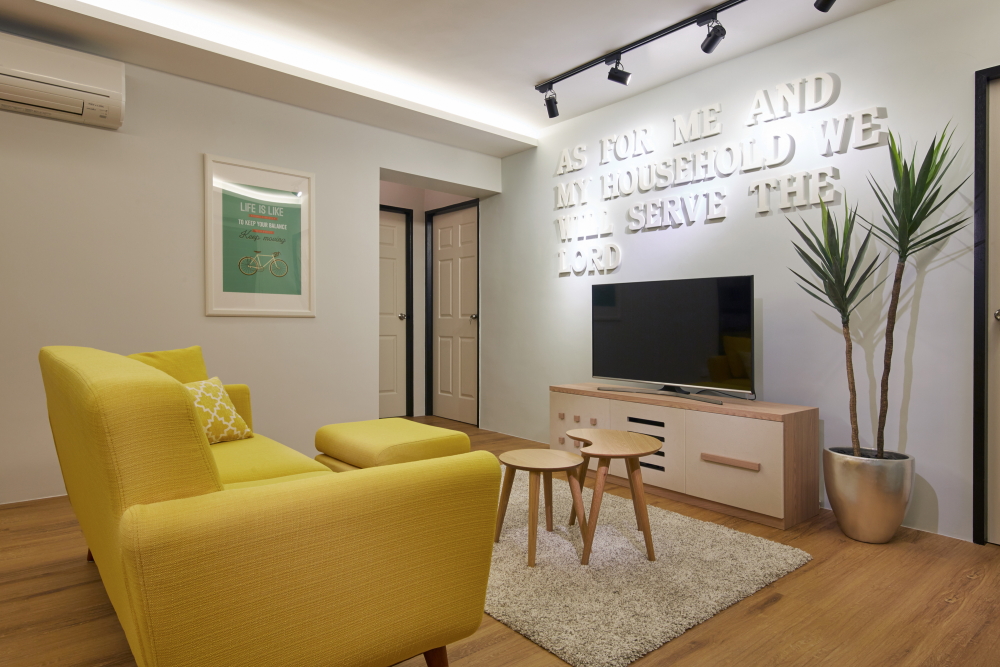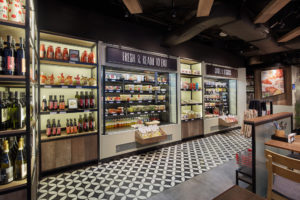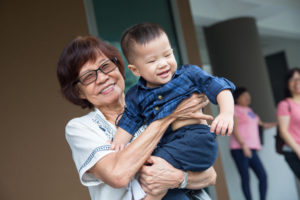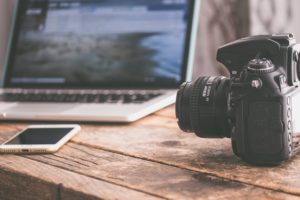Equipments I usually used
Before we get into the tips, here’s some equipments I uses for interior photography. Don’t be discouraged if is just a point and shoot camera or low entry DSLR – it is conceivable to take delightful photographs without a DSLR and make the full use of what you have. If you’re hoping to get some nice images for your blog or portfolio for future investments, here are the some equipment that are working for me:
- Canon 5D mark 3 DSLR Camera– I started out with the Nikon D40x, which was a great first camera to learn with. After about 2 years, I upgraded to the Canon 5D mark 3, which is a full frame camera, and I absolutely love it.
- Tamron AF 15-30mm f/2.8 Lens– I use this lens for the majority of the photos I take for my work. It is a wide angle zoom lens, so it allows me to get many different types of shots and the zoom range allows flexibility– from shoot interior with constraint space to full room shots – all with one lens.
- Vanguard Alta Pro Tripod– As you’ll see in my tips below, I use my tripod all the time, and this one by Manfrotto is awesome! It is light in weight and quick to set up.
- Wireless remote trigger – It is very important to have a remote trigger for interior shoot, so you are able to prevent shaky images and always getting a sharp photo.
5 Tips for Interior photography
Let’s go onto the 5 tips that I uses every time I take images for my clients’ interiors, such as hotels, restaurant, resorts, architecture and residential.
Make THE BEST POSSIBLE LIGHTING SITUATION
The most baffling and frustrating things in interior photography is to figure out the best lighting. Shooting interior with natural light is the most ideal, however it is not always we get a bright day in Singapore. When we will get overcast weather most of the time.
Hence it is most ideal to plan the time and day of your shoot to get the best lighting, otherwise artificial lights can be introduced such as using strobes or mono-lights / spotlights to light up the interior.
Always keep your ISO low.
I used to pump up my ISO as high as possible and keeping my f-stop low, so a quick shutter speed can be adjusted to achieve non-blurry photos. However, you will get lots of grain in your photographs.
Hence it is so important to put your camera on the tripod, in order to keep the ISO at 100 and increases the f-stop to at least 8, which we will not worry about the long shutter speed that might cause the image to be blurry.
Learn how to tether.
Tethering has made my photography journey so much better. With tethering, I use the cord that came with my camera (the same one you would use to transfer photos from your camera to my macbook) to connect the camera to the computer. Then I get into the Canon EOS utility or capture one software on my computer and choose the “remote shooting” option. This allows me to adjust the settings and push the button to take the photo from my computer rather than on the camera itself.
The other reason I love tethering is that my clients can get a big preview of my photos on my computer, rather than going through the trouble of relying on the tiny image on the screen on the back of the camera. This not only save time, but also allow me to review my images on a bigger screen immediately, and allow to make any changes during the shoot.
Find the correct angle of the room.
Always ask your client what are the main features that would like to get out of the shot, and figure out which angle is best for the shoot. Get to the corner of the room and not be afraid to be squeeze in between a tiny space for the money shot.
Edit your images.
I always use lightroom, photoshop and capture one for my interior photography shoots. Software such as this allows the image to be enhanced. I would usually adjust the brightness, colours, white balance and using photoshop to remove unpleasant spots or smoothen out crisis of bedsheets.
Shooting is really fun when you get to apply all these elements to your preferences. Hope you will find all these tips helpful for your next interior photography around Singapore!



